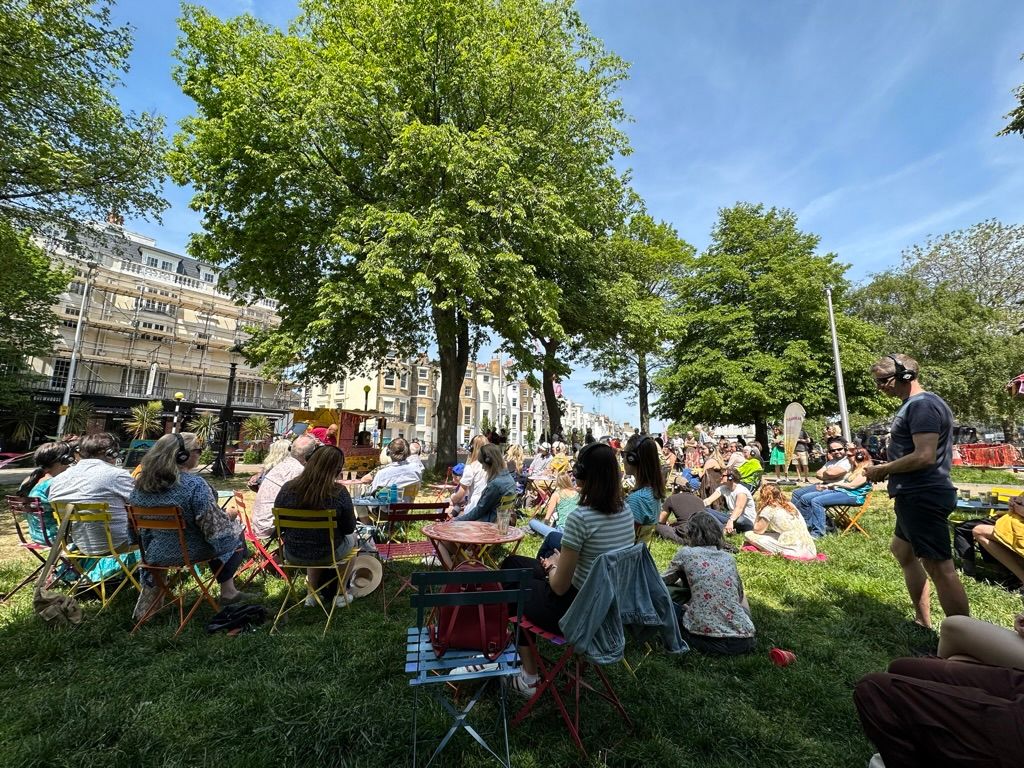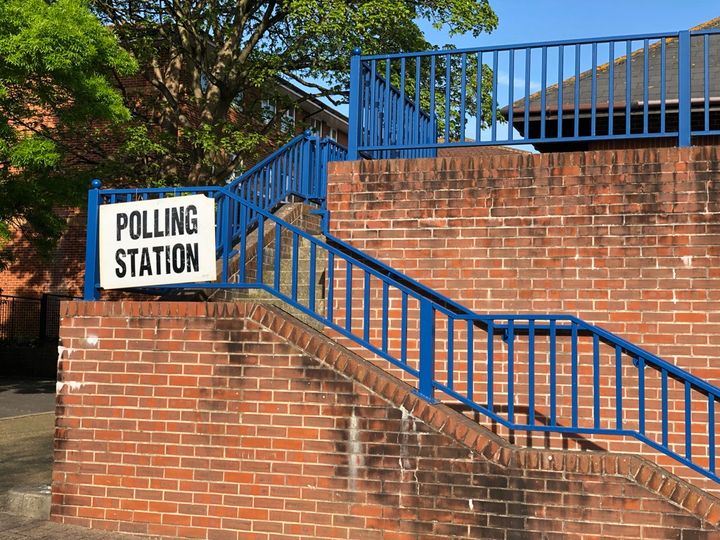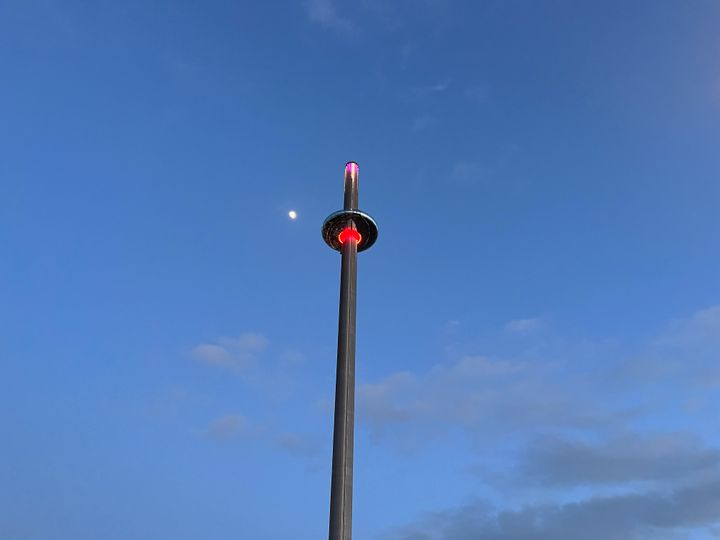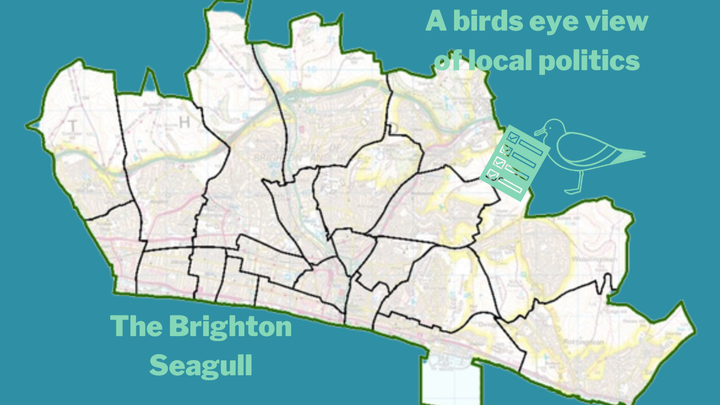Warm Hearts, Wide Open Spaces
The Seagull team reflects on Fringe and Festival Seasons and how it changes the city.

The Fringe and Festival have finished for the year (look for our last few reviews and awards coming on Friday!) but it occurred to us that we’ve not talked much about one of our favourite aspects of the season. As the temperatures rise, the city starts to feel like it's opening up, and the geography of much of the middle of town temporarily changes for a magical month or so, and we found ourselves thinking about how we might be able to hold on to some of that the rest of the year.
Everything starts off with The Children’s Parade, a huge procession of kids from all the schools of the city which shuts down the city centre for the morning. One of Brighton's 'new traditions', like the Burning of the Clocks (both organised by Same Sky, who we interviewed here), it signals the transition into the season and marks a new period of time for the city. It's impossible to live, work and travel around Brighton without knowing that Fringe and Festival are happening, knowing someone who's in a show, or being enticed by something that you just can't miss (see: Bald Man Sings Rihanna—review coming this Friday!).
The real change to the city, though, comes with the creation of the temporary communal spaces Caravansarai and Spiegeltent. These transform the areas above St Peter's and around the Victoria Fountain in Old Steine Gardens, respectively, into enclosures containing a series of performance venues ringing a number of food and drink stalls. It might not sound like much, but they serve as a loci, points around which other things and people gather. It changes the feel of the city somehow, makes it feel like it has a couple of beating hearts.
You find yourself bumping into people you might not have otherwise, dropping in and passing through, and, much like the free shows that accompany the paid parts of Fringe and Festival, these spaces are free to enter. You can soak up the atmosphere of creative energies buzzing around you, people meandering from show to show, flyerers trying to convince you to come to their WIP in five minutes time, and see what wacky, zany things the organisers have chosen to decorate the space with. People in Facebook community groups might complain that spaces like these damage the grass underneath, but they provide a sorely-needed outside area to enjoy the warm evening sun, join with friends, and just be, without a time limit or pressure.
This year we also had the Groundswell installation in front of St Peter’s for the month (which we talked about here). A large, public installation that was in place for around three months, it was oddly comforting to walk through what is usually an exapted skate park to the sound and sight of people of all ages running around the big glass disc, the occasional rumble of it emanating across the square.
There was also the 'Weekend Without Walls' on the 28th/29th May, which saw a large number of pop-up performances at venues across the city. We caught TEABREAK, a dance/audio performance about tea and its place in our culture, where we were also served tea, and it was a delightful, surprisingly affecting, and completely unexpected way to spend our Sunday afternoon. Part of the joy of this kind of event is the chance discovery of it—walking to or back from something and finding a tuktuk giving out tea and dance routines.
While we love all these things: large bring-the-city-together events, big communal spaces, semi-permanent installations and little popup 'happenings', not all of them are practical year-round. Barring an extensive programme of pedestrianisation, big close-the-roads events will to remain few and far between. The popup events wouldn't really work without the warmth of summer, which is also true for spaces like Caravansarai—plus they enclose what is otherwise public land. Installations, though—they might be a bit more amenable to year-round display. The space out the front of St Peter’s could be Brighton’s answer to Trafalgar Square's fourth plinth. How about it, new councillors?




Comments ()